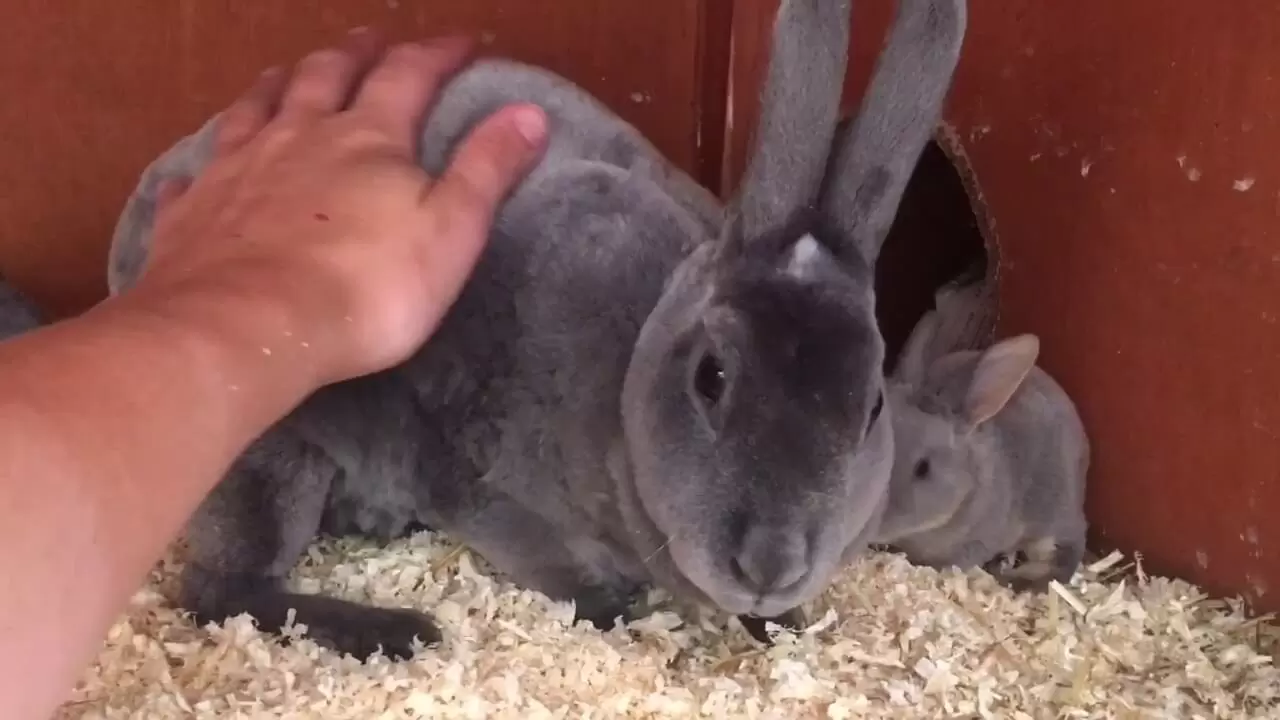- COUNTRY OF ORIGIN: United States
- YEAR RECOGNIZED: 1988
- USES: Pet, show, fur
- WEIGHT: 4.5 pounds (2 kg) max., senior does
- BODY TYPE: Compact
- FUR TYPE: Rex type; inch (1.6 cm) long; extremely dense, straight, upright; lustrous, plush, with noticeable spring when touched
colors:
Castor, chinchilla, chocolate, Himalayan (black or blue points), lilac, lynx, opal, otter, red, sable point, smoke pearl, tortoiseshell, white
Self Group — black, blue, blue-eyed white
Broken Group — white in any recognized breed variety color in conjunction
Tricolored — white in conjunction with black and golden orange; lilac and golden fawn; chocolate and golden orange; or blue and golden fawn
MINI REX FANCIERS like to proclaim the breed’s “sweet disposition,” but the breed owes most of its acclaim to what it sees in the mirror: its thick, short, velvety fur. The Mini Rex and its twice-aslarge cousin, the Rex, have unmistakably dense, plush, springy coats thanks to the absence of long guard hairs.
Guard hairs are coarser than a mammal’s underfur, and they are typically longer. But Mini Rex ancestry dates to 1919, when a genetic mutation produced an unusual rabbit litter in the farmyard of
Frenchman Desiré Caillon. The kits grew underfur of uniform length and — surprise! — guard hairs that were the same length, providing a unique, velvety, smooth finish. Duly impressed, a professor who was also a rabbit enthusiast bought three of the rabbits and crossed them with Chinchilla Rabbits. Some of the offspring were also free of the long guard hairs.
The modern-day Mini Rex form of the Rex was established by Mona Berryhill, who in 1986 won a pair of Dwarf Rex rabbits at an ARBA raffle in Orlando, Florida. She crossed the buck with a small standard Rex, a mating that produced seven kits and the Mini Rex foundation stock. The new Rex breed’s popularity soared, and several colors appeared, thanks to the many varieties that were part of the original Dwarf Rex’s ancestry.

